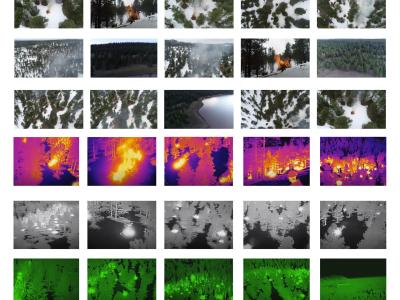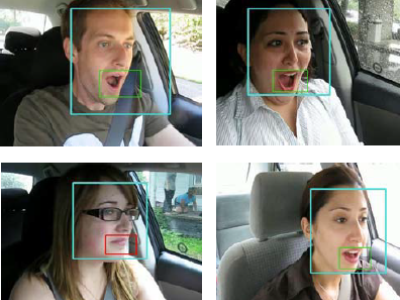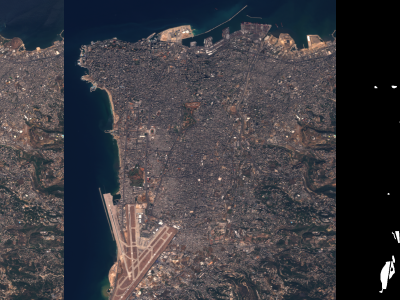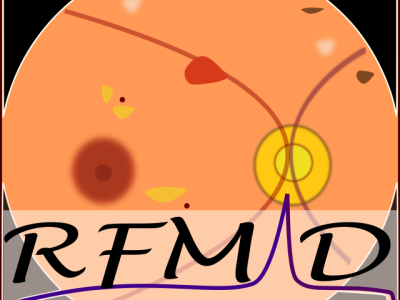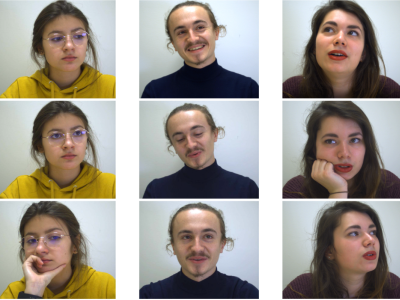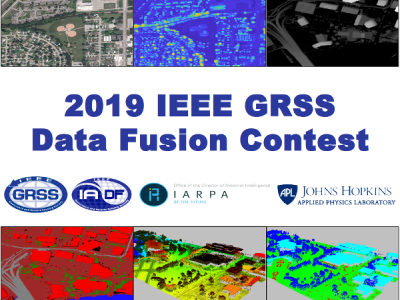PrivacyNet results: obfuscated face images
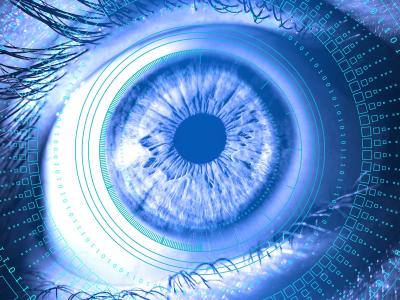
- Citation Author(s):
-
Vahid MirjaliliSebastian RaschkaArun Ross
- Submitted by:
- Vahid Mirjalili
- Last updated:
- DOI:
- 10.21227/qgs2-np56
- Research Article Link:
 261 views
261 views
- Categories:
- Keywords:
Abstract
In recent years, the utilization of biometric information has become more and more common for various forms of identity verification and user authentication. However, as a consequence of the widespread use and storage of biometric information, concerns regarding sensitive information leakage and the protection of users' privacy have been raised. Recent research efforts targeted these concerns by proposing the Semi-Adversarial Networks (SAN) framework for imparting gender privacy to face images. The objective of SAN is to perturb face image data such that it cannot be reliably used by a gender classifier but can still be used by a face matcher for matching purposes. In this work, we propose a novel Generative Adversarial Networks-based SAN model, PrivacyNet, that is capable of imparting selective soft biometric privacy to {\em multiple} soft-biometric attributes such as gender, age, and race. While PrivacyNet is capable of perturbing different sources of soft biometric information reliably and simultaneously, it also allows users to choose to obfuscate specific attributes, while preserving others. The results from extensive experiments on five independent face image databases demonstrate the efficacy of our proposed model in imparting selective multi-attribute privacy to face images.
Instructions:
Outputs of the PrivacyNet model as well as the baseline-GAN model on CelebA-test dataset
===
## Note:
* when we obfuscate gender, the gender of a face image is flipped to the opposite gender, the same for ra
ce. But for age, since we have 3 labels (A1: young, A2: middle-aged, A3: old), we specify the target for t
he transformation, so all images are transformed to the target label irrespective of their original label.
### Directories
* out-0: no change
* out-1: obfuscate gender (male -> female and female -> male)
* out-2: obfuscate age (target age is A1, i.e., young)
* out-3: obfuscate age (target age is A2, i.e., middle-aged)
* out-4: obfuscate age (target age is A3, i.e., old)
* out-5: obfuscate race
* out-6: obfuscate gender and age (target age is A1, i.e., young)
* out-7: obfuscate gender and age (target age is A2, i.e., middle-aged)
* out-8: obfuscate gender and age (target age is A3, i.e., old)
* out-9: obfuscate gender and race
* out-10: obfuscate race and age (target age is A1, i.e., young)
* out-11: obfuscate race and age (target age is A2, i.e., middle-aged)
* out-12: obfuscate race and age (target age is A3, i.e., old)
* out-13: obfuscate gender, race and age (target age is A1, i.e., young)
* out-14: obfuscate gender, race and age (target age is A2, i.e., middle-aged)
* out-15: obfuscate gender, race and age (target age is A3, i.e., old)


